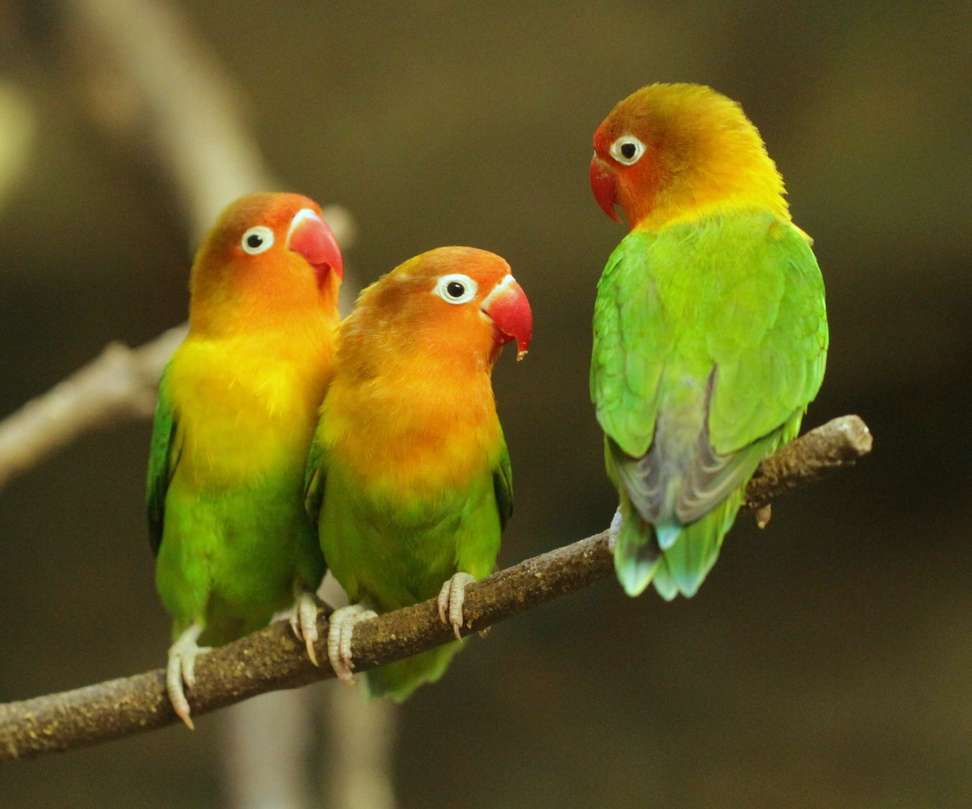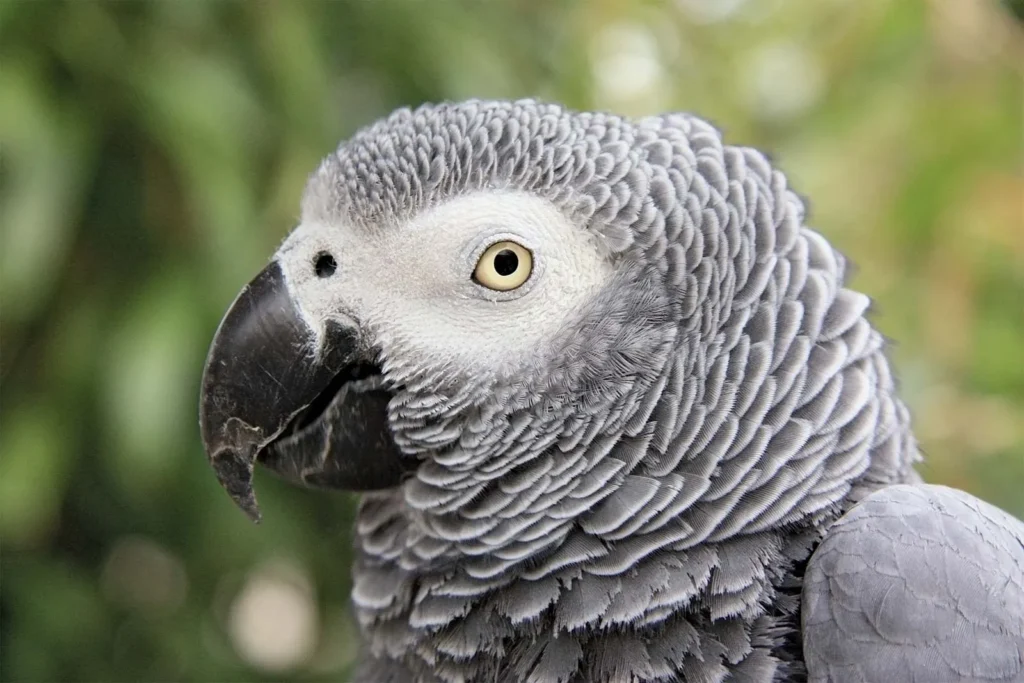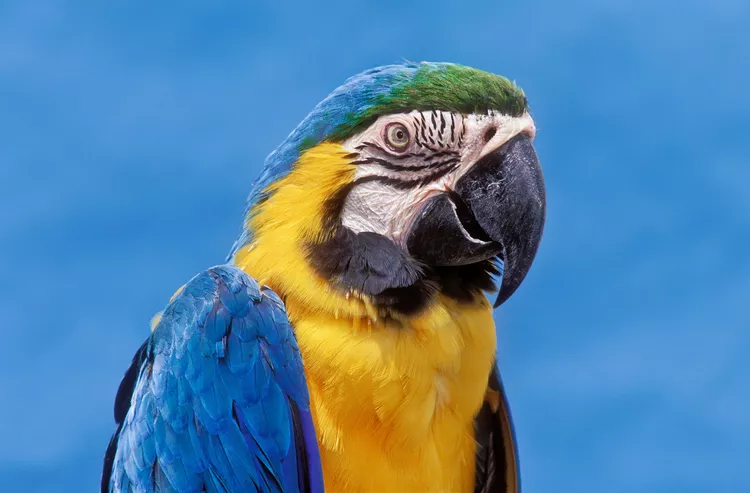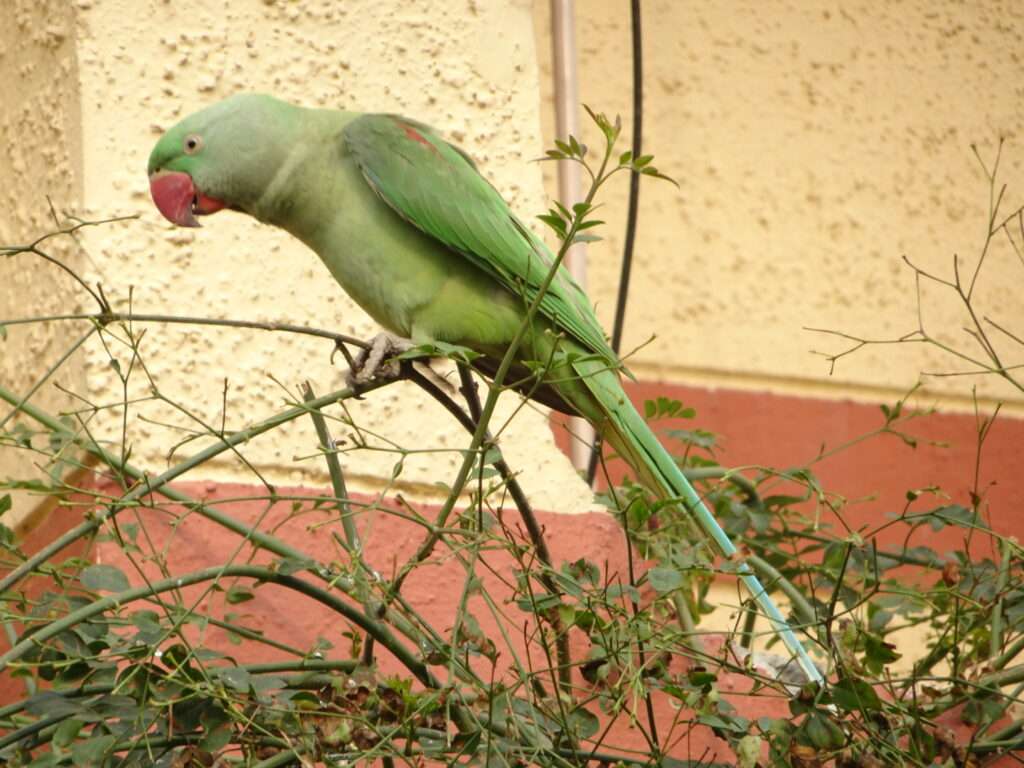
Description
Life span: 15+ years
Fischer’s lovebird has green wings, a green chest, and a green back. Golden yellow on the bottom and darker orange on the top describe their necks. The top of the head is olive green, and the beak is vivid red. The top of the tail is covered in purple or blue feathers. Around its eyes is a white circle of exposed skin. Young birds resemble adults quite closely, with the exception of being duller and having brown patterns on the base of their mandibles. They are one of the smallest lovebird species, measuring between 43 and 58g and being around 14 cm (5.5 in) long.
Habitat/Native Region
Only a small portion of east-central Africa, to the south and southeast of Lake Victoria in northern Tanzania, is home to Fischer’s lovebirds. Some birds move west into Rwanda and Burundi during drought years in quest of moisture. They reside in tiny flocks about 1,100–2,200 meters above sea level (3,600-7,200 ft). They occupy solitary tree clusters that are divided by grassy plains.
As Pet

Behavior
Despite their diminutive stature, lovebirds are fearless, inquisitive, adventurous, and constantly on the go. Due to the frequent appearance of two lovebirds cuddling up to one another in photographs, many people think that lovebirds are solitary creatures. Unquestionably, a lovebird frequently develops a close relationship with another lovebird. However, prospective owners should be warned that a lovebird pair may decide to avoid social interaction because they are so focused on each other. A solitary lovebird companion needs lots of interaction with the people in his or her life as well as plenty of toys and safe objects to gnaw on and destroy for busy work.
Care
Like other birds, lovebirds enjoy physical activity and need the biggest cage resources and available space. Lovebirds that are kept in a tight cage with no freedom acquire neuroses and self-harming behaviors. It is reported that these lovebirds can survive for 12 to 15 years or longer.
Table





